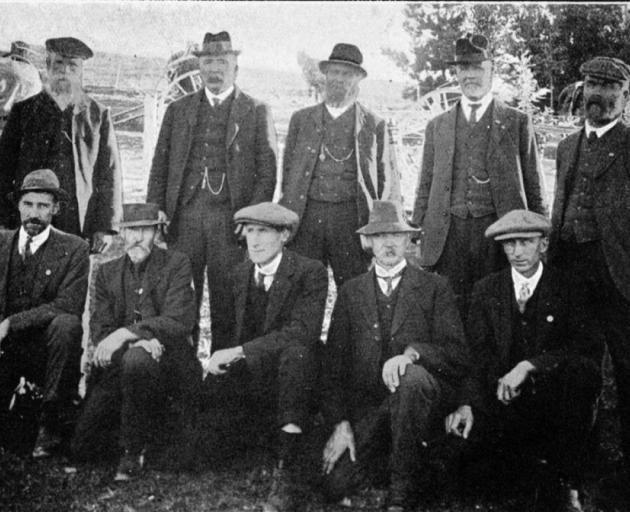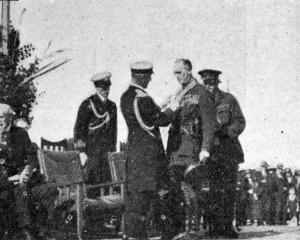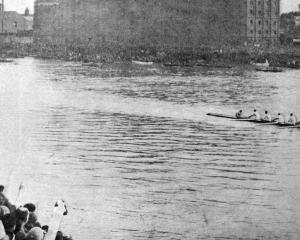
Mr W. B. Bell, who is at present on a visit to Dunedin from Kekantan, Malay Peninsula, describes the gift by the Sultan of Johore to the British Government of a squadron of freighter aeroplanes, costing 31,500, as one of a munificent character, even although the revenues of the Sultan have been greatly expanded through the development of the rubber industry.
The Sultan of Johore has, Mr Bell says, given practical proof in various ways of his sympathy with Great Britain in the present war. The most notable occasion was that of the rising of the Fifth Light Infantry - an Indian regiment composed of Mohammedans - in Singapore, when he placed his armed forces at the disposal of the British authorities, and thus assisted materially in quelling an outbreak which presented an exceedingly disquieting aspect. His action in this instance was the more noteworthy, and, from the British point of view, the more gratifying, inasmuch as, being himself a Mohammedan, either his sympathies might have been expected to be with the mutineers or, at the most, he might have remained passive. Mr Bell adds that it is erroneous to speak of the Sultan as an Indian. The Malayan and the Indian are two distinct types.
The recent death of Mrs John Rankin Strang at her residence, Eye Street, Invercargill, removes another old colonist who was esteemed by all with whom she came in contact. Her even temperament and brave spirit enabled her to bear her full share of the ups and downs of early colonial life. Mrs Strang was a daughter of the late Robert Black, ship-owner and merchant, of Aberdeen and Newburgh, Aberdeenshire. Mr Black decided to emigrate with his family, and early in 1857 set sail in one of his own craft, a small Dutch galliot, the Rhinoinglekins, 150 tons. Included in the ship's company were several tradesmen, who helped work the vessel in return for their passage to Australia, the party numbering 25 all told. The little vessel arrived safely at Port Phillip after an adventurous voyage of 21 weeks. This must be considered no small undertaking to accomplish such a long voyage in so small a vessel without mishap of any kind. The Rhinoinglekins will be remembered by many old residents of Dunedin, as afterwards plying to Otago Harbour, and, in the end, being beached at Carey's Bay. The Black family resided in Launceston, and then in Melbourne, and in 1865 Miss Black came to Dunedin, where she was engaged in the teaching profession. In 1869 she married Mr John Rankin Strang, who predeceased her 10 years ago. Mr and Mrs Strang resided in Invercargill from 1870 till 1873, and returned to Dunedin, where they lived till 1885. Since then the late Mrs Strang has resided in Invercargill, and died after a very short illness, aged 75 years. Of a family of eight, she is survived by a daughter and four sons, one of whom left New Zealand with the 13th Reinforcements.
It is understood (says our Balclutha correspondent) that the members of the Land Purchase Board visited the well-known Clifton Estate, owned by Mr Telford, during the week, for the purpose of inspecting a 7000-acre block on the Kaihiku portion, including the homestead. The land, if acquired, will be subdivided in suitable areas on which to settle returned soldiers. The members of the board then proceeded to the Oamaru district to inspect another large block, which, if purchased, will be utilised for a similar purpose. - ODT, 30.6.1916












